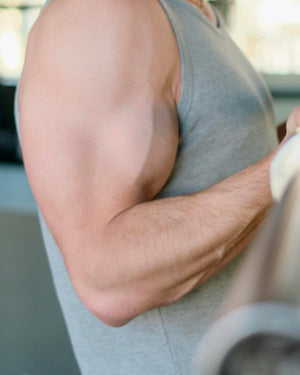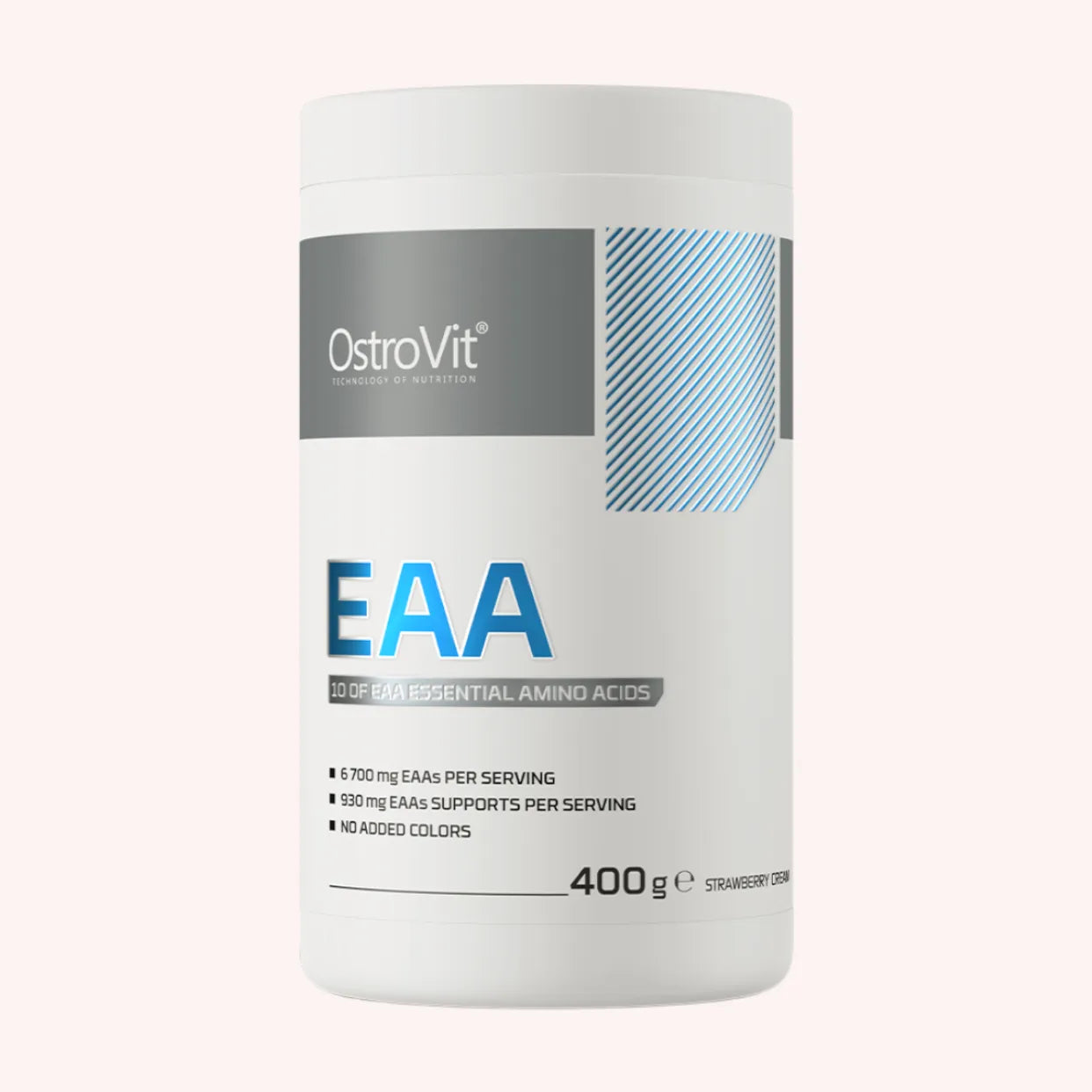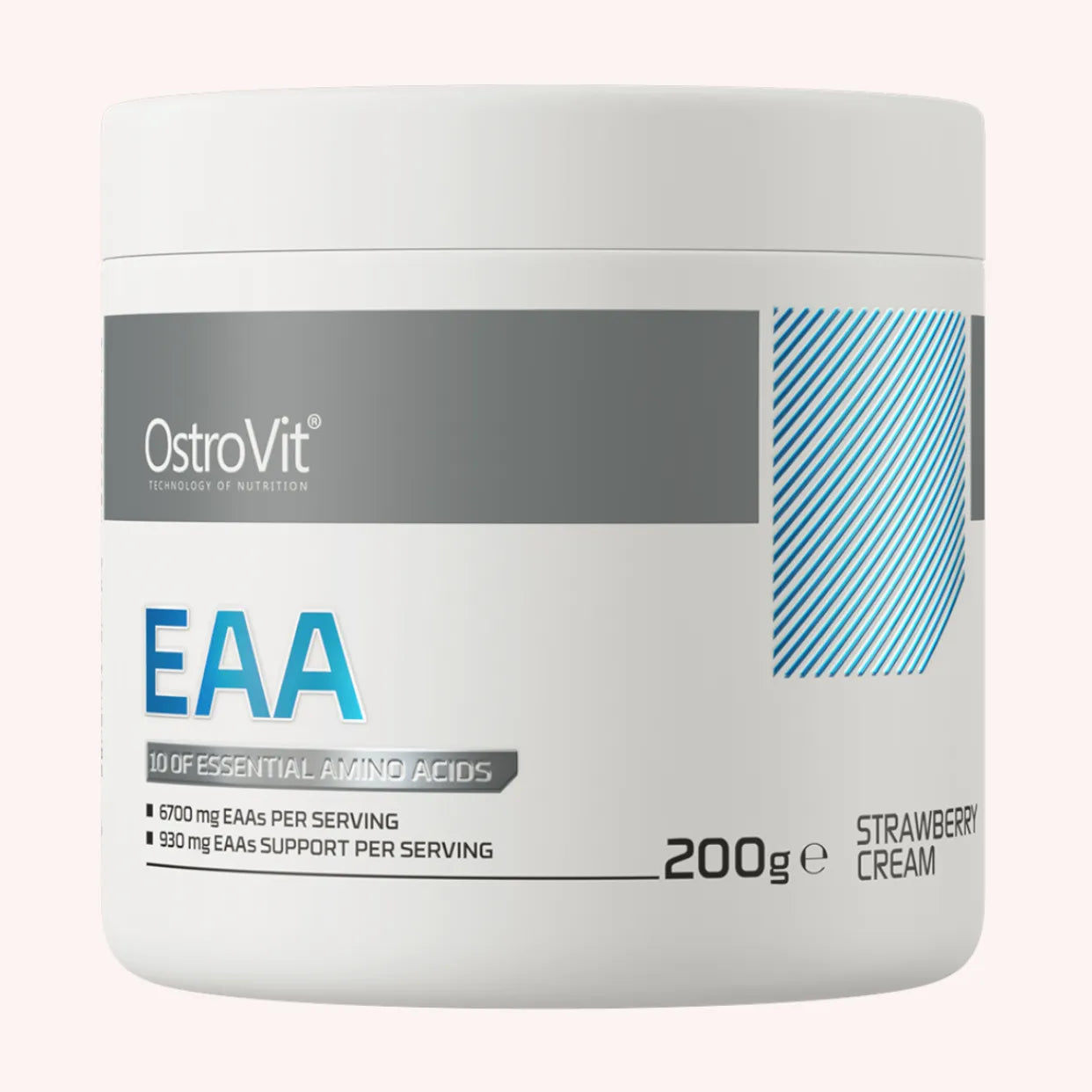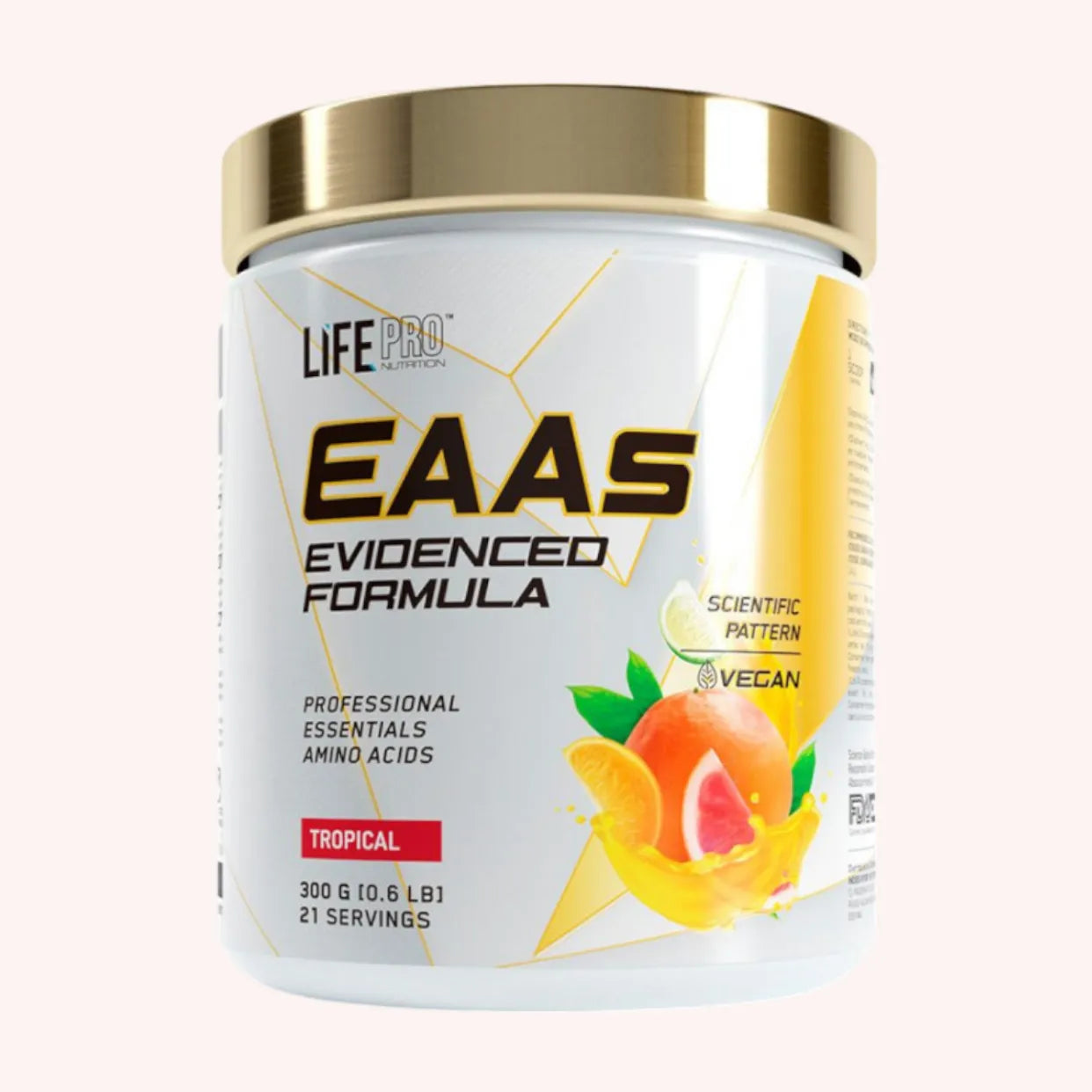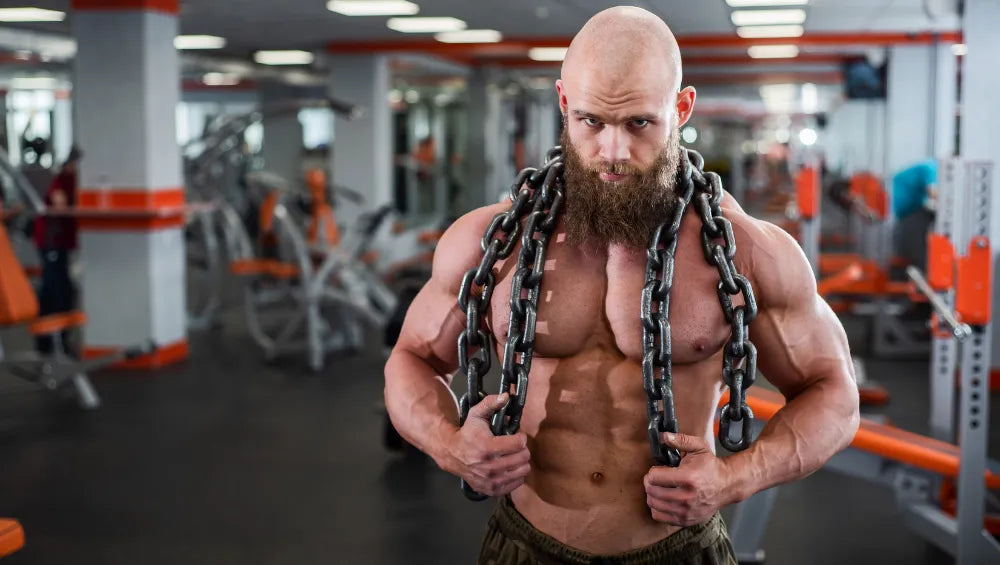In the quest for the perfect body, fitness and bodybuilding enthusiasts are willing to do anything to lose weight and burn fat. Among the many misconceptions on the subject, one is that sweating makes you lose weight. But is this really true? Does our body eliminate fat along with our sweat? Can sweating really help you lose weight, and how can you optimize your workout to achieve your weight loss goals?
What is sweating?
The human body sweats to regulate its internal temperature. When we exercise, our body heats up and begins to produce sweat to expel this heat through the skin. Sweating helps keep our body temperature stable and prevent the risks associated with overheating, such as dehydration or heat stroke.
This defense mechanism produces liters of sweat every day to keep our bodies cool and prevent risks associated with hyperthermia, such as heat stroke and heatstroke: this is called sweating. Therefore, when we're looking to lose weight, it's important to understand the role that sweating plays.
Composition of sweat
Sweat is composed primarily of water (99%), but also contains elements such as minerals (sodium, potassium, calcium, and magnesium) and metabolic wastes (urea, lactic acid). Although it is mostly water, sweating results in minimal calorie loss from the nutrients present in sweat.
Does sweating make you lose weight?
The answer to this question is yes… but no. It's true that sweating can lead to weight loss… but this weight loss isn't necessarily due to fat burning; in fact, it's mostly water loss.
Sweating and water loss
When we sweat, our bodies lose large amounts of water. This causes a temporary decrease in body weight, which can make us look like we've lost weight. However, this sweat-related weight loss is temporary, as our bodies need to rehydrate to function properly. Once we drink to compensate for this dehydration, our weight usually returns to its original level.
What to remember
It's therefore essential to understand that sweating itself doesn't lead to long-term weight loss. It contributes to the body's thermal regulation process and allows for temporary weight loss due to dehydration. To lose weight sustainably, it's important to focus on appropriate training and a healthy diet rather than simply sweating.
Mechanisms of exercise-related weight loss
To understand the link between sweating and weight loss, we must distinguish two distinct mechanisms:
- Temporary disturbance: When performing intense physical activity, a temporary decrease in weight may be observed due to sweating. However, this change is not permanent since as soon as you rehydrate, you regain the lost weight in the form of water.
- Long-term results: To lose weight sustainably, it's essential to burn more calories than you consume. So, while workouts allow you to expend more energy and promote the consumption of stored fat in the body, you'll also need to adopt a balanced diet to achieve satisfactory results. In this case, the amount of sweat produced, even if significant, won't be the only key to achieving this goal.
The Role of Exercise in Weight Loss
While sweating alone isn't enough to lose weight, the link between exercise and calorie loss can't be ignored.
A well-structured workout, combining strength training and cardio, can greatly contribute to fat loss and therefore weight loss. Remember that calories burned during exercise are higher than those burned at rest, which directly promotes fat loss when combined with a proper diet.
When sweating rhymes with energy expenditure
A long, intense workout can lead to profuse sweating and significant energy expenditure. In this situation, we are likely to burn more calories during exercise than at rest, which promotes weight loss by directly influencing our body's energy balance.
Generally speaking, regular training combining strength training and cardio not only increases our basal metabolism, thus promoting fat burning even at rest, but also improves our overall physical condition and health.
Optimizing your workouts to maximize fat loss
While sweating alone isn't enough to burn fat, it's still possible to optimize your workouts to maximize fat loss. Here are some tips to help you do just that:
Alternate cardio and strength training exercises
The ideal way to lose weight sustainably is to combine cardio sessions (running, cycling, swimming) with strength training. Cardio allows you to burn maximum calories during exercise, while strength training increases energy expenditure at rest.
Vary the intensity of the effort
Alternating between periods of moderate and intense exercise during your workouts can help increase fat burning. This technique, called High Intensity Interval Training ( HIIT ), is very effective at boosting metabolism and promoting weight loss.
Train regularly and gradually
To achieve lasting results, it's essential to train regularly, ideally several times a week. This will help you accustom your body to greater efforts and also avoid the risk of injury associated with a lack of training.
Adopt a balanced and appropriate diet
Every workout should be accompanied by a balanced diet tailored to your weight loss goals. Focus on protein, fiber, vegetables, and fruits to support your body during exercise and promote recovery afterward.
Sweating makes you lose weight: In summary
Sweating during your workouts doesn't guarantee lasting weight loss, as it's primarily a temporary loss of water. To burn fat and lose weight long-term, it's essential to adopt a holistic approach that combines regular training and a balanced diet. Don't focus solely on the amount of sweat you produce, but rather on the quality and intensity of your efforts to achieve lasting and satisfying results.



